
This shot was taken during my DPS Night Photography class using a bridge railing to stabilize the camera.
I suspect we’ve all been there. You are headed out on non-photography business, but you grab your camera on the way out the door – just in case. Well, wouldn’t you know it, “just in case” turned into a reality? A beautiful scene unfolds before your eyes. The trouble is that it is a low-light scene, and you didn’t grab your tripod. Uh oh. What do you do?
The worst option, of course, is to do nothing and miss the shot. Even if you try and fail you are no worse off than if you do nothing. So you might as well give it a go, even with no tripod.
There is no magic to a tripod
The main thing to remember is that a tripod is just a glorified shelf. That is, it is just a place to prop your camera. Granted, there are a lot of controls that make it a very convenient and easy to use support for your camera, but it is still just a shelf. With that in mind, look around for something else you might use.
Speaking of shelves, they work great and they often provide a nice high vantage point for your scene. If you are near civilization (not out in the woods somewhere), tables and chairs work great as make-shift tripods. Scoot one around to where you want to shoot and place your camera on it.
When placing your camera on something, you will find that the weight of your lens will cause the camera to tip forward. To remedy that, just place something under the front of the lens. If there is nothing available, dig through your bag and see what you can find. I have used lens hoods, filter cases, and even spare batteries. Is that the ideal situation? Not by a long shot. But they work in a pinch.
No tripod – no problem
Let me show you a recent example of this. This is a shot I took of a night scene in Oklahoma City.

Shutter Speed: 30 seconds; Aperture: f/8; ISO 100 (with NO tripod).
I was visiting that city and staying in a hotel. My wife and I were sitting in the bar on the top floor and as it got dark I thought it was a nice scene that I would like to photograph. As I really had no prior plans to photograph, while I did have my camera, I had no tripod or remote shutter release.
This picture required a shutter speed of 30 seconds (I could have gone shorter, but I wanted the light trails on the road). Without a tripod, I had to muddle through. I pushed a cocktail table up to the edge of the balcony to get the angle I wanted. Then I used an ashtray that was laying around to prop up my lens.
That still leaves the issue of avoiding touching the camera during the shot. If you are without your tripod, odds are you will be without your remote shutter release as well. You can still take shots without touching the camera by using the camera’s built-in timer.
For the shot above, I used the 2-second timer to get the image. Even if you have set the camera to take bracketed exposures, it will take all the shots in the bracket when the timer goes off (note: this only applies to some camera models). It is actually so handy that I find myself using a remote shutter release less and less.
Adding a touch of stabilization
Other times you don’t really need to set your camera down anywhere, you just need a little stabilization. How do you know if you need stabilization? Through something called the Reciprocal Rule. This rule says that your shutter speed should be at least the reciprocal of your focal length.
To make it simple, it just means that if you are shooting at 50mm your shutter speed should be 1/50th or faster. If your focal length is 16mm your shutter speed should be 1/16th or faster. As you can see, the more wide-angle you shoot, the slower the shutter speed you can get away with.
Shoot wide
So that’s another tip. Shoot wide-angle in low light scenes where you don’t have a tripod. That won’t always work, of course, because sometimes your compositions just demand longer focal lengths. But as you are walking around without a tripod, think wide-angle.

Sometimes you just go places where tripods are not allowed. I couldn’t even bring my tripod up to this location (Reunion Tower in Dallas). So I braced my camera on the perimeter fencing to stabilize it a bit. Shutter Speed: 1/8th second; Aperture f/8; ISO 800.
Lens stabilization
You might have image stabilization/vibration reduction in your lens as well. If so, this will buy you a few stops of light. What that means in this context is that you can set your shutter speed a few stops slower than you could otherwise.
For example, if you have 3-stops of image stabilization in your lens (different lenses are rated differently), and you are shooting with a focal length of 50mm, you might now be able to get away with a shutter speed of 1/6th of a second. (Remember that a stop is a doubling of light, so if you start at 1/50th of a second, then one stop is 1/25th, two stops go to 1/12th, and three stops takes you to 1/6th.
These numbers are EFL though (Effective Focal Length) so if you are shooting with a camera with a smaller sensor than full frame you will need to account for that.
Other forms of stabilization
When you run afoul of the Reciprocal Rule, you will need to stabilize your camera, often only a little bit. Let’s say for example that you are shooting at 24mm, and a proper exposure (using the ISO and aperture settings you want) requires a shutter speed of 1/10th second. What to do? Just stabilize the camera a bit by propping it against something.
Use a wall or a doorway if you are inside. Use a tree or a light post if you are outside. Those things are stable, and by propping the camera against them you are borrowing some of that stability. You will be less likely to move the camera during the exposure. If you cannot prop your camera against them, even leaning against these items while you shoot will help a little bit.

For this shot, I was actually inside the Louvre (shooting through a window). Therefore, I didn’t have a tripod. I used a door frame to stabilize my camera and took several shots in the hopes that one would be sharp. Shutter Speed: 1/8th second; Aperture f/4 (wide open on this lens); ISO 3200.
Shoot many frames
Don’t just take one picture though. Give yourself the opportunity to get a sharp one by taking several. Even if you think you got it right the first time, it is hard to tell on those little LCD screens (you can zoom in to check). There is nothing worse than getting home and discovering that a picture you thought was sharp is actually blurry. Remember that it is free to take pictures with digital, so make good use of that and take lots to be sure.
Finally, don’t be afraid to crank up the ISO. Doing so will allow you to use a much faster shutter speed. Of course, that also leads to an increase in digital noise, but don’t worry about that so much.
First of all, cameras keep getting better and better at handling digital noise, and it isn’t as much of a problem as it used to be. In any case, it can usually be fixed in post-processing pretty easily and without much loss of detail in your picture. Remember it is easy to fix digital noise, but very hard or impossible to fix blur (from a slow shutter speed).

I ran into this staircase while on a business trip and was able to use my exposure settings to ensure a sharp shot. I raised the ISO to 1600 and opened the aperture all the way (to f/4). That allowed me to use a shutter speed of 1/25th second. Since I was using a focal length of 19mm, I complied with the Reciprocal Rule and I could expect the shot to be reasonably sharp.
Putting it into practice
None of this is to say that you don’t need a tripod or that you shouldn’t carry one with you. If you do landscapes, city scenes, or other types of outdoor photography, having and using a tripod is super important.
But when you find yourself without one, all is not lost. You might be able to get the shot anyway.
The post What to Do When You Forget Your Tripod (or You Don’t Have One) appeared first on Digital Photography School.

Digital Photography School





















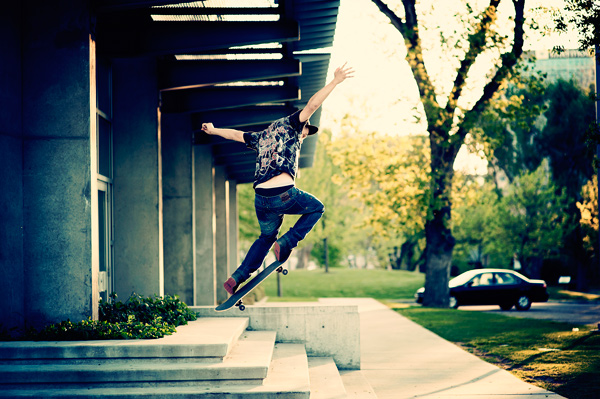

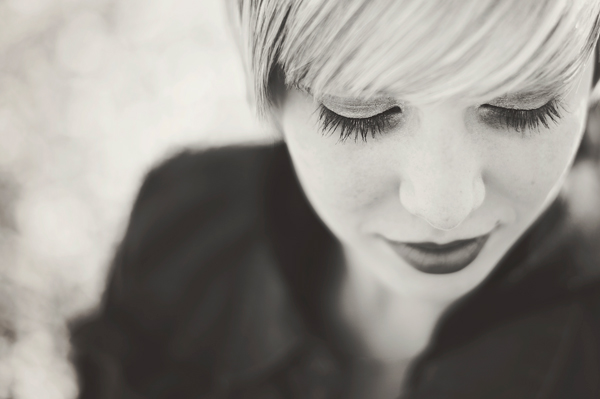


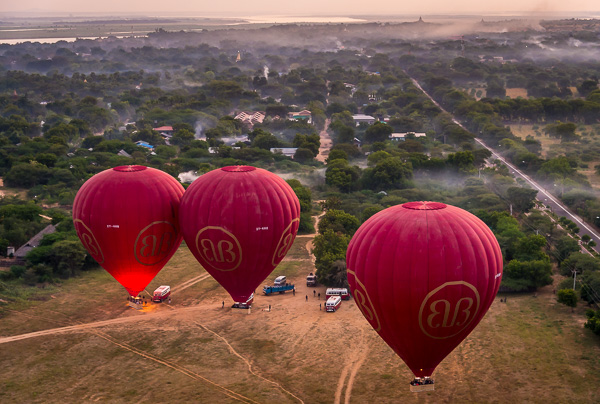
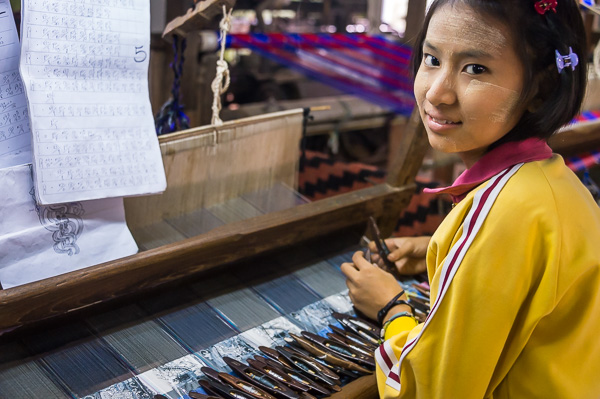

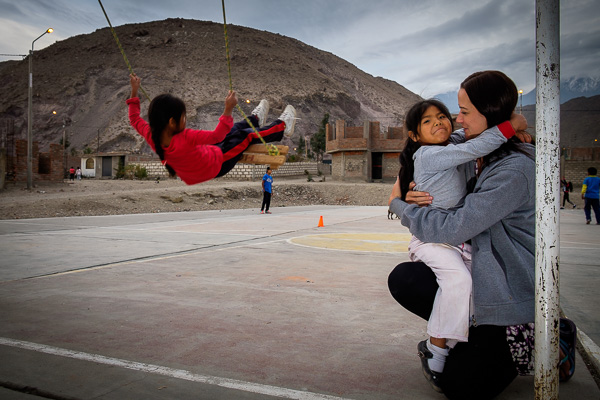


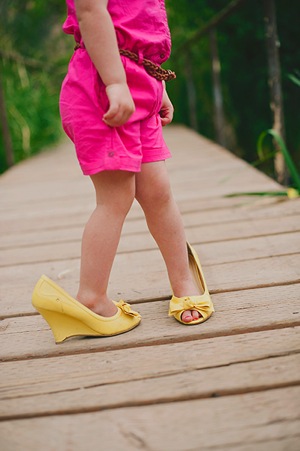
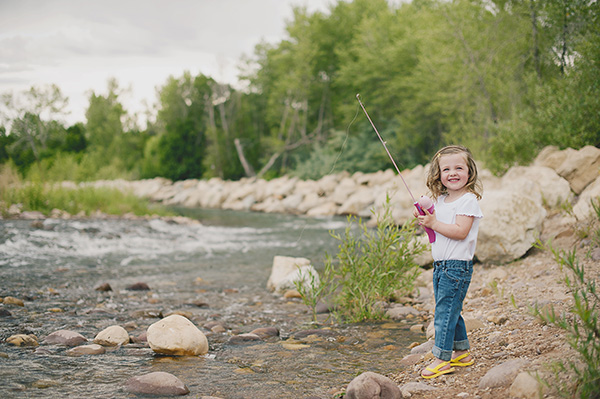

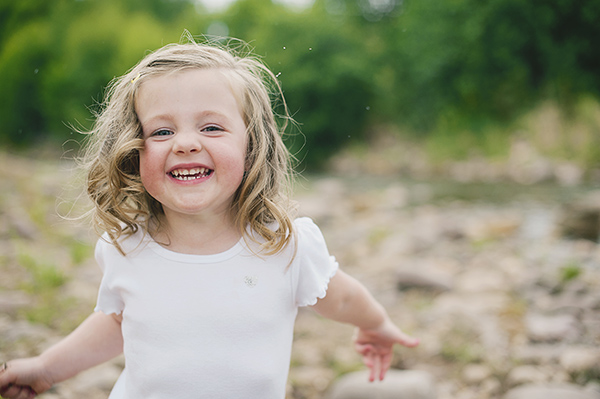
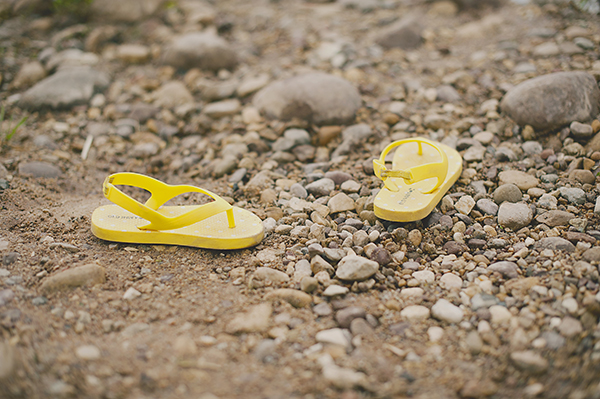


You must be logged in to post a comment.